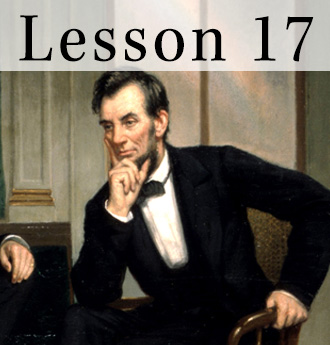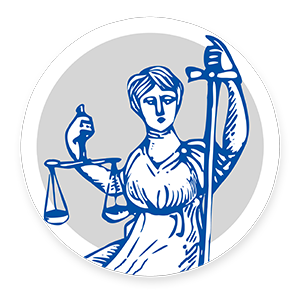The Resource Center » Level 3 » Unit 3 »
Lesson 17: How Did the Civil War Test and Transform the American Constitutional System?

Lesson Purpose
Lesson Objectives
- describe several important constitutional issues raised by President Lincoln’s actions, including the suspension of the writ of habeas corpus and the Emancipation Proclamation,
- explain the similarities and differences between the United States Constitution and the constitution of the Confederate States of America,
- explain how the Civil War led to the creation of the Thirteenth, Fourteenth, and Fifteenth Amendments, and
- evaluate, take, and defend positions on the conditions under which the writ of habeas corpus might be suspended and the constitutionality of secession.
Lesson Terms
Lesson Biographies
Lesson Court Cases
Case Summary
Dred Scott was a slave in Missouri. From 1833 to 1843, he resided in Illinois (a free state) and in an area of the Louisiana Territory, where slavery was forbidden by the Missouri Compromise of 1820. After returning to Missouri, Scott sued unsuccessfully in the Missouri courts for his freedom, claiming that his residence in free territory made him a free man. Scott then brought a new suit in federal court. Scott's master maintained that no pure-blooded Negro of African descent and the descendant of slaves could be a citizen in the sense of Article III of the Constitution.
Question(s)
Was Dred Scott free or slave?
Answer(s)
Dred Scott was a slave. Chief Justice Taney argued that, under Articles III and IV, no one but a citizen of the United States could be a citizen of a state, and that only Congress could confer national citizenship. Taney reached the conclusion that no person descended from an American slave had ever been a citizen for Article III purposes. The Court then held the Missouri Compromise unconstitutional, hoping to end the slavery question once and for all.
See: The Oyez Project, Dred Scott v. Sandford, 60 U.S. 393 (1857) available at:
Lesson Primary Sources
South Carolina Declaration of Causes (1852).






